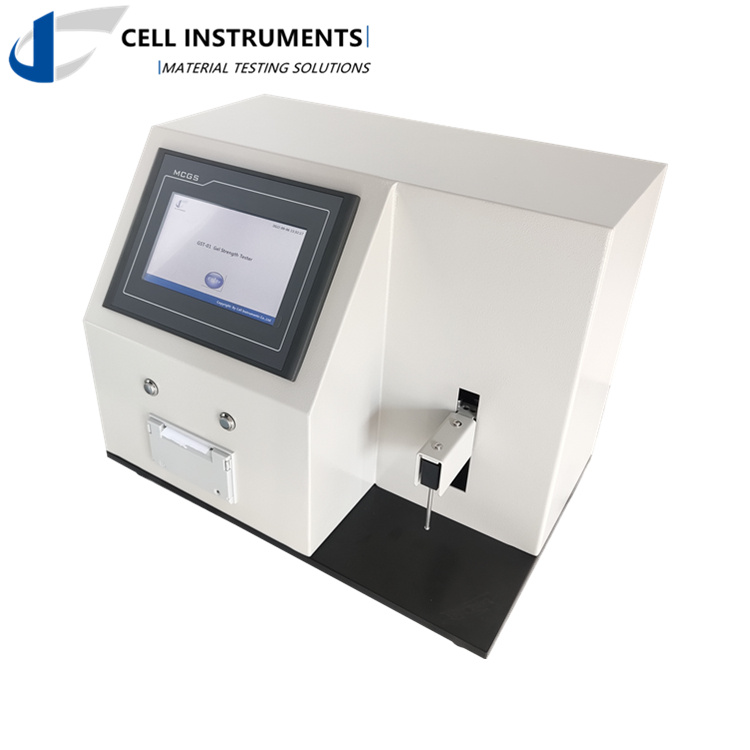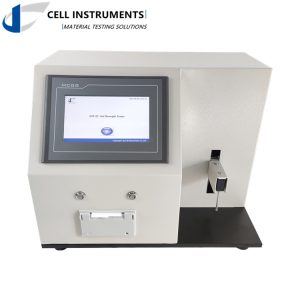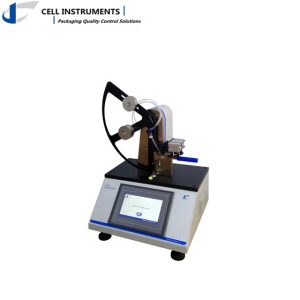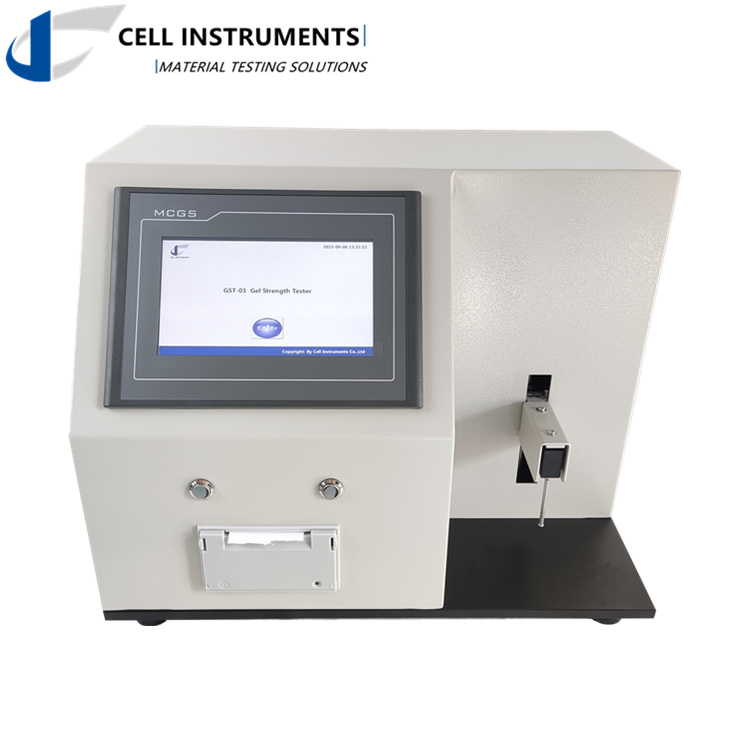
Background
Gels are widely used in the food industry, but are also involved in the biomedical and cosmetic fields. Gel strength is an important physical property of gels and is one of the indicators that determine the commercial value of gels.
The gel strength of jelly is a critical and influential physical characteristic that plays a significant role in determining the overall texture of the jelly. Gel strength refers to the ability of the jelly to form a stable gel structure, which directly affects its firmness and consistency.
The gel strength is primarily influenced by the type and concentration of the gelling agent used in the jelly. Common gelling agents include gelatin, pectin, agar-agar, and carrageenan, each contributing to different gel strengths. The gel strength is measured by assessing the resistance of the gel to deformation under specific conditions, usually using a texture analyzer.
A higher gel strength indicates a firmer and more solid gel, while a lower gel strength results in a softer and more delicate texture. The ideal gel strength varies depending on the specific application and consumer preference. For instance, certain desserts may require a firm gel to hold its shape, while others may call for a looser or more delicate consistency.
Gel strength also affects the mouthfeel and eating experience of the jelly. A jelly with a high gel strength tends to provide a satisfying and chewy sensation, while a jelly with lower gel strength offers a smoother and more easily dissolvable texture.
In the food industry, manufacturers strive to achieve the desired gel strength for their jelly products by carefully controlling the formulation, processing conditions, and gelling agent characteristics. This ensures consistent and reliable textures that meet consumer expectations.
Bloom
In the gelatin industry, the measure of gel strength is commonly known as bloom. It is the amount of force×distance, measured in gcm, required to indent the surface of a gelatin gel by 4mm using a standard 5 mm cylinder probe. Therefore, the higher the value, the greater the firmness of the gel.
Sample preparation
The gel was made by pouring 6.67% gelatin solution into a gel cup and cooling it in a thermostat bath at 10°C for 17 hours.
Test Process
In the test, a punch probe of a specific diameter and length is used to compress the surface of a gel specimen at a constant deformation rate, until puncture occurs. Normally the speed used is 60mm/min, probe φ5mm and penetration distance of 4mm.
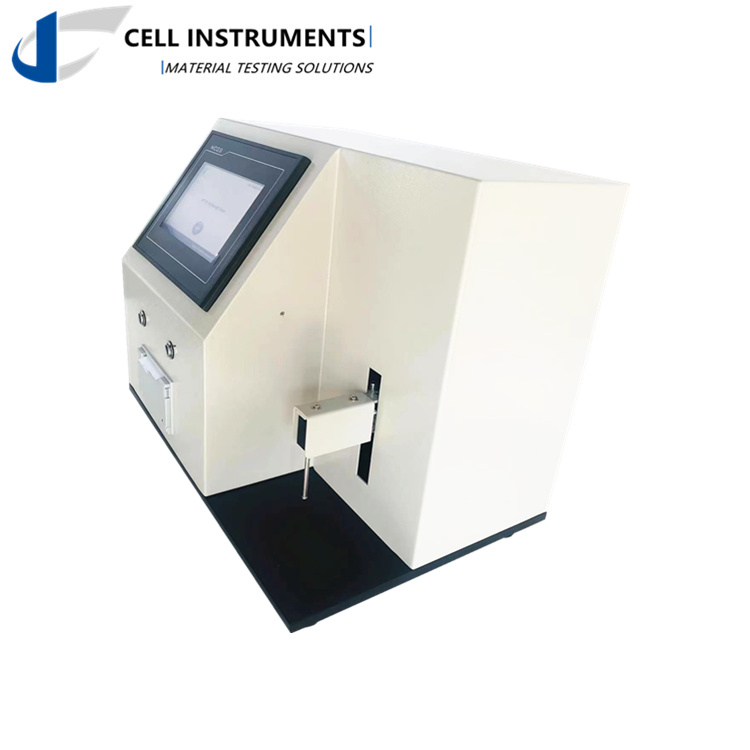
Technical Features
It’s a PLC controlled unit (industrial level stable) and HMI touch screen operated. Precision ball lead screw mechanism ensures good and steady speed and displacement control. Its specially designed program can be used for different parameters concerning gel strength test.
- 7 inch HMI touch screen
- PLC control unit inside
- Precision ball lead screw
- Adjustable test speed
- Multiple fixtures available for other texture analysis
- Safety is our concern
Travel limit protection; automatic returning; loadcell protection cover
- Multiple test items of WEIGHT, PEAK, DISTANCE, are available.
- Dot matrix type microprinter equipped
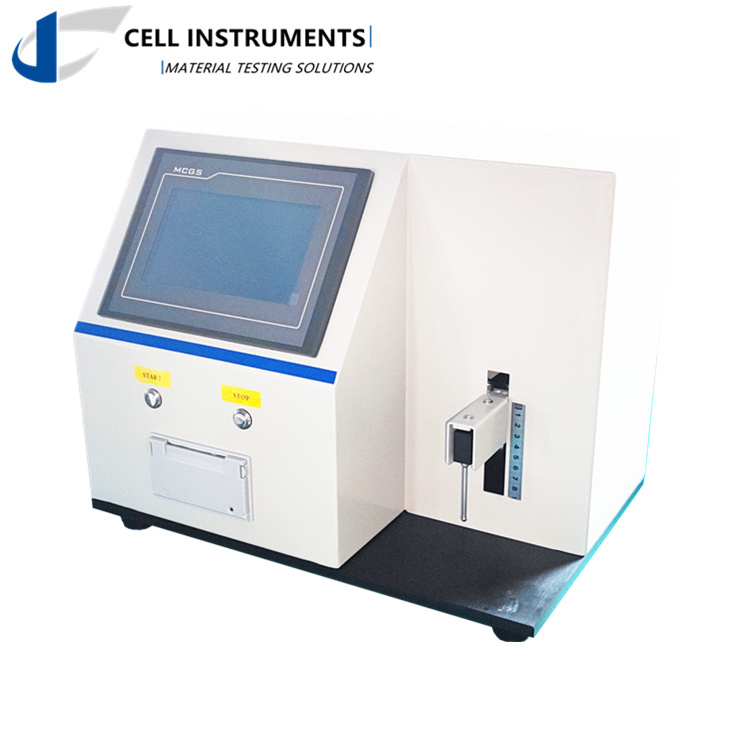
Test Items
WEIGHT: To measure distance at a certain load
PEAK: To measure gel strength
DISTANCE: To measure load at a certain distance
Main Parameters
Test Range: 0-50N (or as required)
Stroke: 110mm (without probe)
Test Speed: 1~100mm/min
Displacement Accuracy: 0.01mm
Accuracy: 0.5% F.S.
Control: PLC and human machine interface
Output: Screen, Microprinter, RS232(optional)
Power: 110~220V


